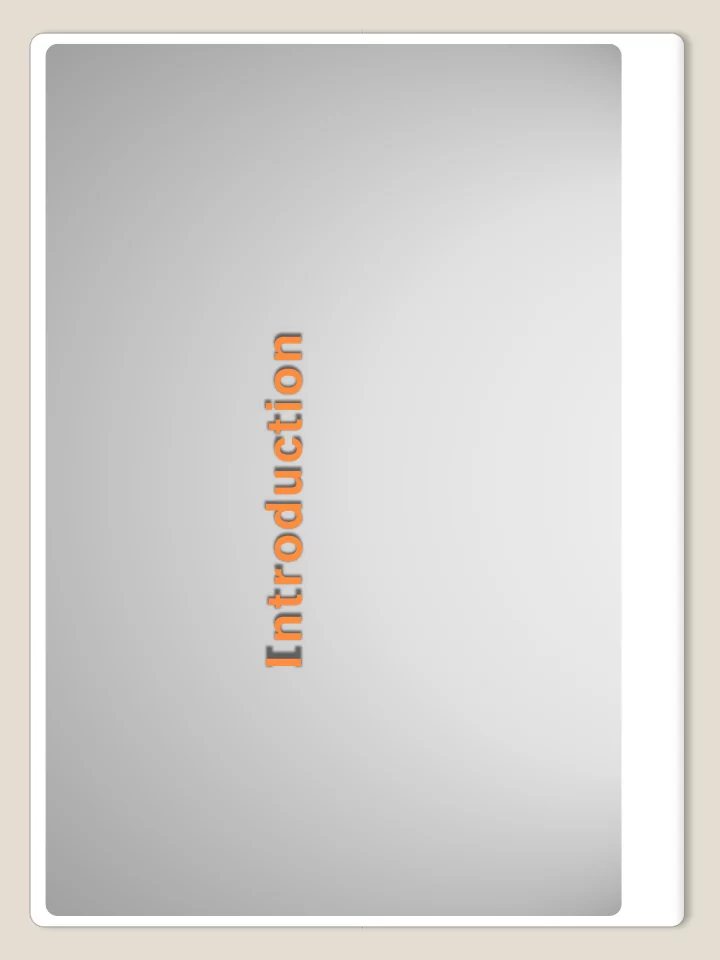

I ntroduction
� 1. Books & reference material � 2. Introduction to the course � 3. Basic concepts � 4. Service-Oriented Architecture (SOA) Agenda
� There is no required textbook. For reference materials, check: � http://www.engr.uvic.ca/~seng450/ • Schedule section • The Reference section has additional materials 1 . Books & Reference Material
� Contact information ◦ smiller@csc.uvic.ca ◦ http://www.engr.uvic.ca/~seng450 ◦ Office: ECS 621 ◦ Office Hours: M 4:00–5:00 p.m., T 11:00am–12:00 p.m. ◦ Phone: 472-5726 2 . I ntroduction to the course ( 1 )
� Objectives: � This course covers several key technologies that support network-centric computing: Django, XML, SOAP, and Web Services. The primary objectives of the course are: ◦ to learn programming paradigms used in current network centric computing and some of the key technologies used to implement that paradigm. ◦ to introduce current research and development activities in World Wide Web. 2 . I ntroduction to the course ( 2 )
� Topics: ◦ Basic Java Network programming with sockets and HTTP ◦ Python ◦ Django ◦ XML ◦ Programing in XML with JAXP, SAX, and DOM ◦ SOAP ◦ Web Services: description, implementation, and deployment ◦ Web Mining (if time permits) 2 . I ntroduction to the course ( 3 )
� Workload ◦ 2 Assignments (20%) ◦ 1 course project (50%) � 4 Project Benchmarks ◦ 1 midterms (30%) ◦ 2 Pass/Fail presentations 2 . I ntroduction to the course ( 4 )
� Definition? pick one – there are several. � It can be lots of different things to different people. � One common tread is that they all involve ◦ multiple computers ◦ working on a common problem ◦ sharing no common resource other than the network 3 . Basic concepts: ( 1 ) Netw ork- Centric Com puting
Basically, a protocol is an agreement between the communicating peers on how communication is to proceed. 3 . Basic concepts ( 2 ) : Protocols
3 . Basic concepts ( 3 ) : The layering Principle ( 1 )
3 . Basic concepts ( 4 ) : The layering Principle ( 2 )
� In SOA all software components are modeled as services � Web services are one way to implement a Service-oriented architecture (SOA). � SOA always consist of 3 roles ◦ Service provider ◦ Service requestor ◦ Service registry 4 . Service-Oriented Architectures ( 1 )
Service Registry Publish Find Service Service Requestor Provider Bind 4 . Service-Oriented Architectures ( 2 )
Recommend
More recommend